The Open Systems Interconnection (OSI) Model - 'provide[s] a common basis for the coordination of [ISO] standard development from the purpose of system interconnection' [ISO/IEC 7498-1]. It applies to the OSI protocols, It is not a universal networking model, and was never intended to be, or a pedagogical tool either. TCP/IP has its own 5-layer model which precedes OSI by several years, so questions about TCP/IP layering should not use this tag.
The Open Systems Interconnection (OSI) model (ISO/IEC 7498-1) is a product of the Open Systems Interconnection effort at the International Organization for Standardization. It 'provide[s] a common basis for the coordination of [ISO] standard development from the purpose of system interconnection' in terms of abstraction layers. Similar communication functions are grouped into logical layers. A layer serves the layer above it and is served by the layer below it.
##The 7 Layers of the OSI Model
- Physical (This layer conveys the bit stream - electrical impulse, light or radio signal)
- Data Link (At this layer, data packets are encoded and decoded into bits)
- Network (This layer provides switching and routing technologies, creating logical paths)
- Transport (This layer provides transparent transfer of data between end systems, or hosts)
- Session (This layer establishes, manages and terminates connections between applications.)
- Presentation (provides independence from differences in data representation (e.g., encryption))
- Application (Communication partners are identified, quality of service is identified, user authentication and privacy are considere)

##References